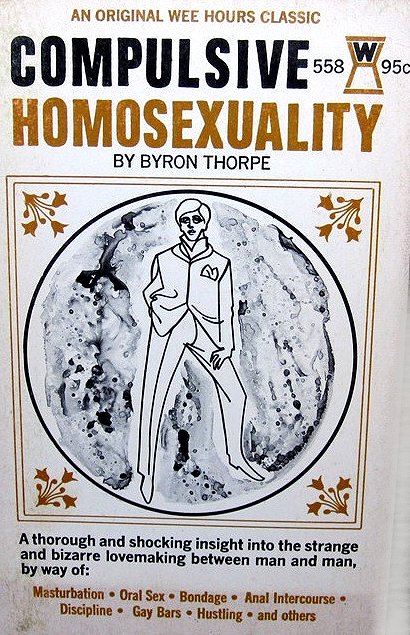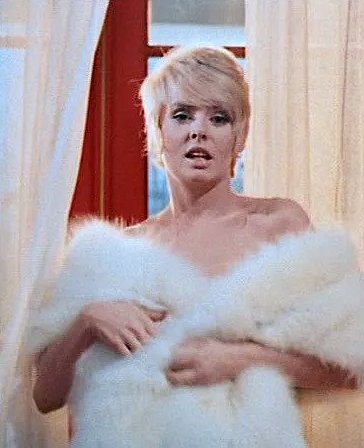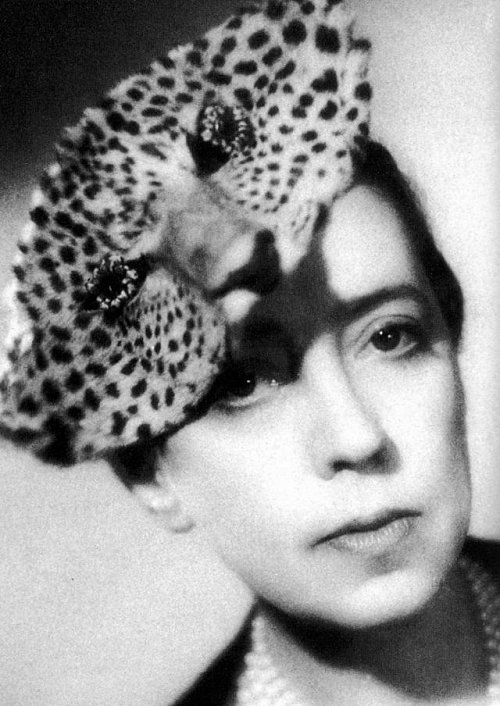
Seventy years ago today, Don Carlos de Beistegui y de Yturbe held a masked costume ball, which he called Le Bal oriental, at his Palazzo Labia in Venice.
From an article by Nick Foulkes in The Rake:
Don Carlos de Beistegui, or Charlie, as he was known to his circle of intimates (of whom there were few), was one of a small group of cosmopolitan plutocrats who dominated European high-life in the years between the Second World War and the beginning of the Jet Set era. They swept into mid 20th-century Europe on a tide of money. Their fortunes, built on the backs of labourers in Central and South America, may have come from unpleasant and malodorous beginnings in silver mines or the exploitation of centuries-old deposits of guano, but they dissipated them in Europe with style and liberality. In the first half of the 20th century the words ‘South American millionaire’ had much the same ring to them as ‘Russian oligarch’ or ‘Chinese billionaire’ have today......In 1948 he had happened across the crumbling Palazzo Labia, and, as he walked into the once-grand, dilapidated ballroom, with its flaking frescoes and peeling walls, he was able to see beyond the years of neglect. According to Life magazine, he bought the palace for a reported half a million dollars and spent another three-quarters of a million dollars doing it up.
Then, in the spring of 1951, cards inviting everyone from New World film stars to Old World nobility began to arrive, requesting the honour of their presence at half-past-ten on the evening of September 3 at the Palazzo Labia for an 18th-century costume ball at which masks would be worn. In all, 2,000 of what Life dubbed “the world’s most blueblooded and/or richest inhabitants” were invited.


However, it would have been a mistake for anyone to regard this as a jolly evening on the Grand Canal underwritten by an eccentric millionaire. “Ce n’était pas un bal pour s’amuser,” says Jacqueline de Ribes, who attended the ball as a young woman. “...It was a ball to be happy. But not for fun.”For Beistegui, his guests were little more than living pieces of furniture with which to dress his Venice creation; as well as wearing costumes, they would also have to make an entrance... literally present a tableau vivant, which would require careful thought and could involve a dozen other, appropriately costumed, guests...


...Venice never had and never would again see anything like it. Over the coming days the city would witness the sort of grandiosity, imperious behaviour and outrageous displays of opulence not seen since the days of the doges. Only the doges did not have to contend with the world of colour magazines and gossip columnists, who were drawn to Venice like iron filings to a magnet...The Duchess of Devonshire wrote to her sister Diana: “I must say, it was fascinating in its way, and the ball itself a real amazer.” Even the private detective who screened each guest on arrival was in period clothes. Anyone who did not adhere to the dress code was quickly whisked out of sight, though most people had invested months and huge sums in their costumes - this was fancy dress as an Olympic sport, and just as competitive.
>
Arturo López Willshaw, the multi-millionaire scion of a Chilean guano dynasty who lived in an intriguing ménage with his wife, Patricia, and his wan young lover, Baron Alexis de Redé, was said to have spent $55,000 on a set of costumes that represented an 18th- century Chinese ambassador and his wife. Of course, his lover, de Redé, was a member of the party, clad in robes embroidered with real gold thread, along with a number of other friends and relatives as attendants ... all with masks and excessively long false fingernails, their entrées enhanced by accessories such as songbirds in gilded cages.

...“Daisy Fellowes, regularly voted the best-dressed woman in France and America, portrayed the Queen of Africa from the Tiepolo frescoes in Wurzburg,” recalled the Duchess of Devonshire in 2010. “She wore a dress trimmed with leopard print, the first time we had seen such a thing (still fashionable today, 60 years on).” She accessorised this memorable outfit with her famous ‘Hindu necklace’, a platinum-set suite of jewels by Cartier combining diamonds, emeralds and sapphires in the fashionable ‘tutti-frutti’ style. She completed her outfit with a phalanx of scantily clad male attendants.

And standing there, at the top of the stairs, was the host.
Beistegui was transformed from his normal 5’6” in height to nearly seven-feet tall in giant 16-inch platform shoes concealed by scarlet robes of a Procurator of the Venetian Republic, his disdainful features framed by the curls of a huge wig that cascaded over his shoulders and down his chest...
Oh! How I wish I could have been there...










































